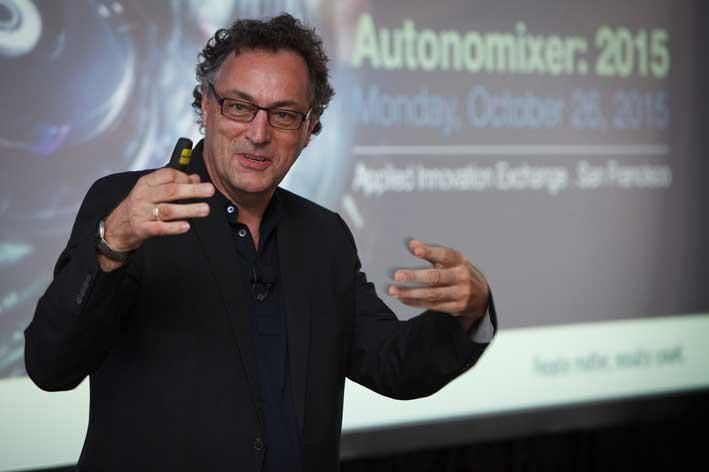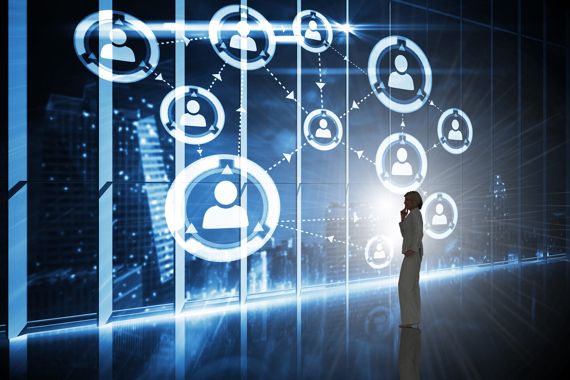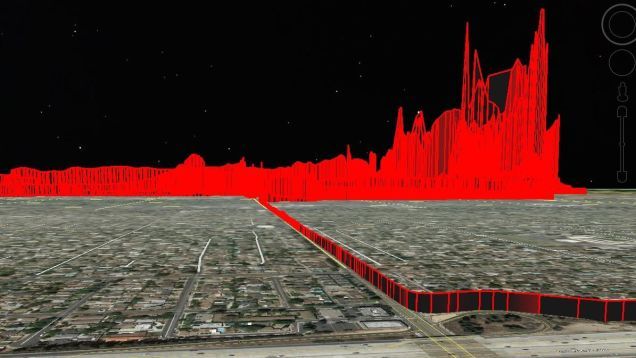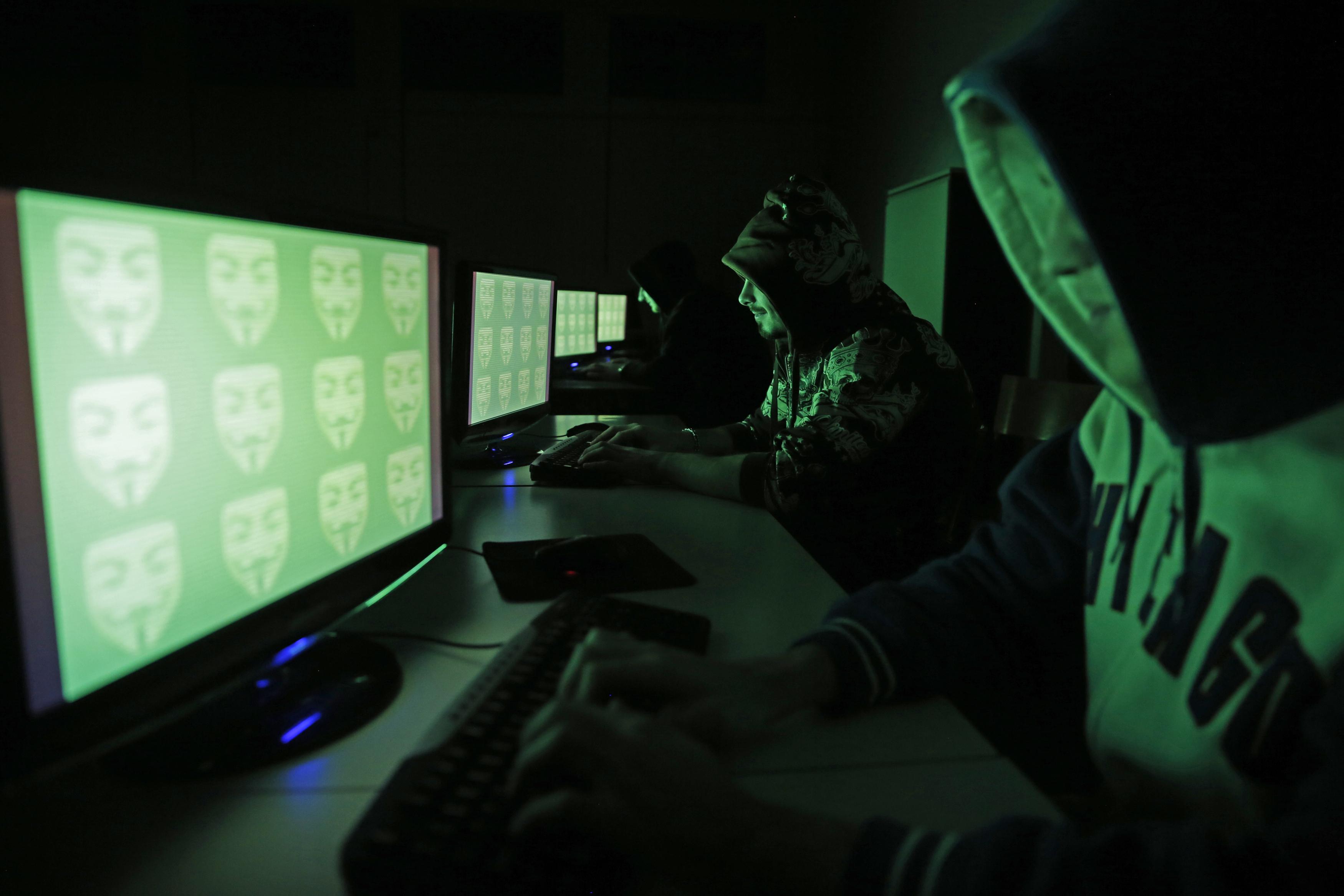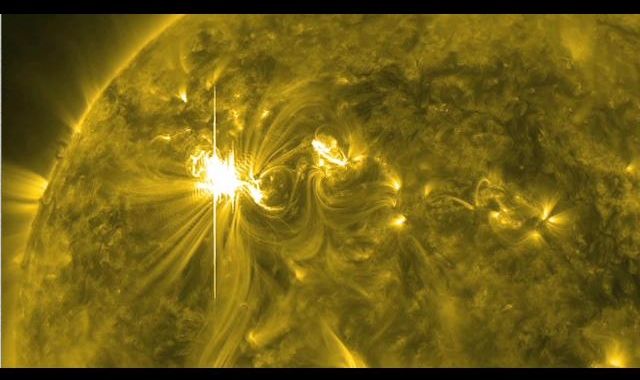Gerd predicts that machines will have the same power of a human brain by 2025.
By the year 2025, machines will have the same power as the human brain and in 2051 they will have the power of the entire global population. Does is sound far-fetched? It is certainly a grand claim, but who better to make these kinds of observations than Gerd Leonhard, Futurist, Keynote Speaker, Author and CEO of The Futures Agency.
This was one of the many observations Mr Leonhard spoke to The Malta Independent about ahead of his Keynote Address for The Economist at their ‘The World in 2016 Gala Dinner’ tonight at the Hilton, St Julian’s; where every year they invite experts and innovators from all over the world to share their ‘predictions’ for the coming year.
Mr Gerd Leonhard is a futurist, which means that his main role is to observe and deduce plausible scenarios for the future of an industry, an organization or even a country. He does not call his observations ‘predictions’, but ‘foresight’ which, according to Mr Leonhard, everyone can do but while everyone tends to look at “95% today, while [he looks] at 95% tomorrow.”
